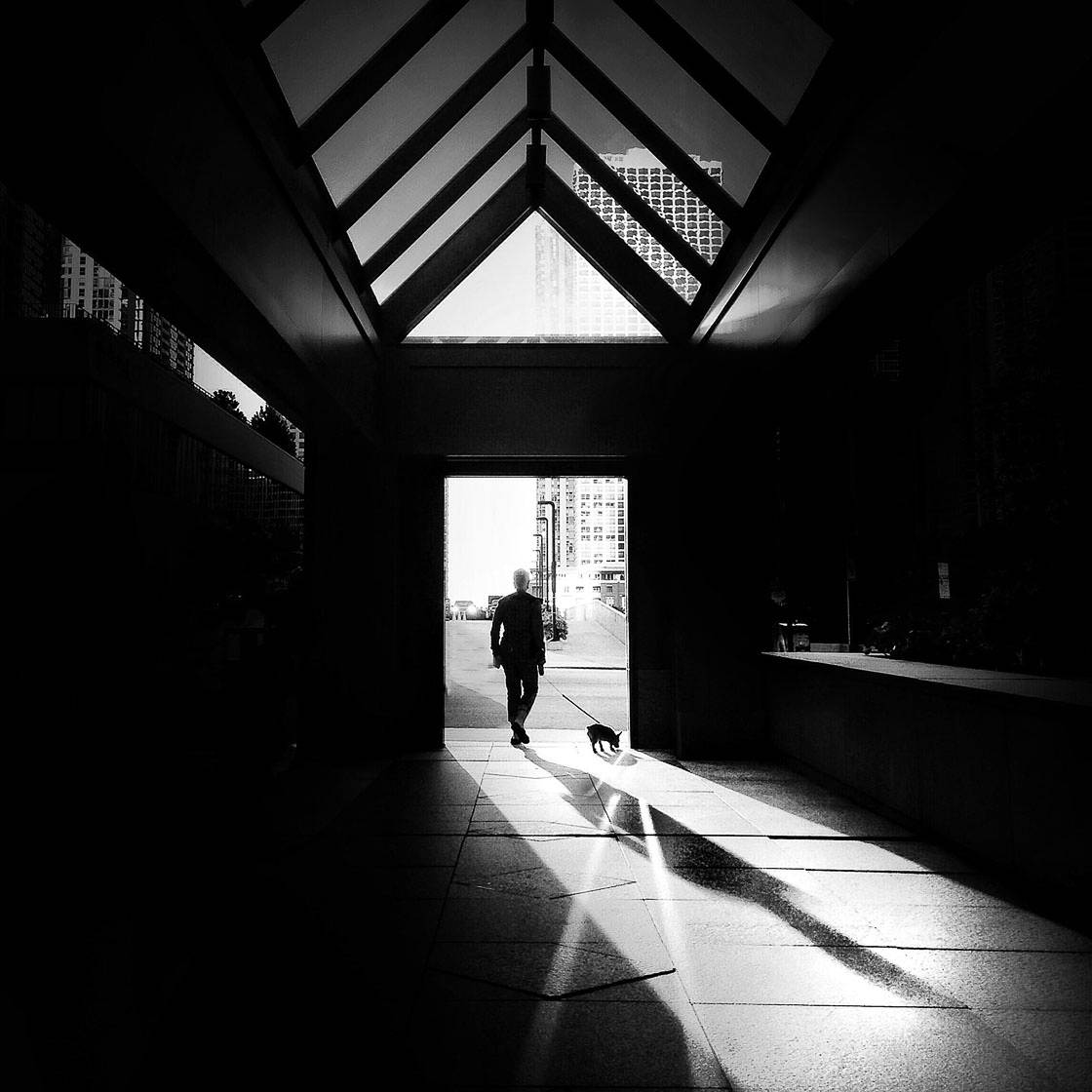Not known Incorrect Statements About Street Photographers
Table of ContentsGetting My Street Photographers To WorkThe Single Strategy To Use For Street PhotographersThe smart Trick of Street Photographers That Nobody is DiscussingThe Greatest Guide To Street Photographers3 Easy Facts About Street Photographers Explained
A genre of digital photography that records everyday life in a public area. The actual publicness of the setup allows the digital photographer to take candid images of strangers, typically without their knowledge. Street photographers do not always have a social objective in mind, however they favor to separate and capture minutes which may otherwise go undetected (Street Photographers).He was affected by numerous of those who affected the street professional photographers of the 1950s and '60s, he was not mainly interested in capturing the spirit of the road. The impulse to visually record people in public began with 19th-century painters such as Edgar Degas, douard Manet, and Henri de Toulouse-Lautrec, that functioned side by side with photographers trying to capture the essence of metropolitan life.
In comparison to Atget, professional photographer Charles Marville was worked with by the city of Paris to develop an encyclopaedic document of Haussmann's metropolitan preparation task as it unravelled, hence old and new Paris. While the digital photographers' topic was basically the same, the results were substantially various, showing the influence of the professional photographer's bent on the personality of the pictures he generated.
Provided the fine high quality of his photos and the breadth of product, architects and artists typically got Atget's prints to utilize as referral for their very own work, though commercial passions were hardly his major motivation. Rather, he was driven to photograph every last remnant of the Paris he liked.
Excitement About Street Photographers
They expose the city via his eyes. His work and basic understanding of digital photography as an art kind functioned as inspiration to generations of professional photographers that adhered to. The next generation of road professional photographers, though they likely did not describe themselves therefore, was ushered in by the photojournalism of Hungarian-born professional photographer Andr Kertsz.
Unlike his peers, Brassa used a larger-format Voigtlnder electronic camera with a longer direct exposure time, compeling him to be extra calculated and thoughtful in his practice than he might have been if making use of a Leica. (It is thought that he might not have actually had the ability to afford a Leica during that time, additional hints but he did, nevertheless, use one in the late 1950s to take colour pictures.) Brassa's photographs of the Paris underworld illuminated by fabricated light were a revelation, and the collection of the series that he published, (1933 ), was a major success.
Cartier-Bresson was a champion of the Leica electronic camera and one of the very first photographers to maximize its abilities. The Leica allowed the professional photographer to connect with the surroundings and to record moments as they occurred. Its reasonably tiny size likewise assisted the digital photographer discolor right into the history, which was Cartier-Bresson's recommended approach.
The Buzz on Street Photographers
It is as a result of this basic understanding of the art of image taking that he is often credited with finding the medium around again roughly a century since its creation. He took photos for greater than a half century and influenced generations of digital photographers to trust their eye and instinct in the minute.
These are the concerns I shall attempt to respond to: And afterwards I'll leave you with my own meaning of road digital photography. Yes, we do. Allow's begin with specifying what a definition is: According to (Street Photographers) it is: "The act of specifying, or of making something guaranteed, distinct, or clear"
No, certainly not. The term is both limiting and misdirecting. Seems like a street photography need to be pictures of a streets appropriate?! And all road professional photographers, with the exception of a tiny number of absolute beginners, will totally appreciate that a road is not the essential component to road photography, and in fact if it's a photo of a street with possibly a few boring individuals doing nothing of passion, that's not street digital photography that's a picture of a road.
The smart Trick of Street Photographers That Nobody is Discussing
He makes a legitimate factor don't you think? While I agree with him I'm not sure "candid public photography" will capture on (although I do kind of like the term "honest digital photography") due to the fact that "road photography" has been around for a long time, with numerous masters' names connected to it, so I think the term is this link here to stay (Street Photographers).
You can shoot at the beach, at a festival, in an alley, in a Extra resources park, in a piazza, in a cafe, at a gallery or art gallery, in a city terminal, at an occasion, on a bridge, under a bridge ...
Yes, I'm afraid we have no choice! Without policies we can not have an interpretation, and without an interpretation we don't have a category, and without a category we do not have anything to define what we do, and so we are stuck in a "policies definition genre" loop!
Some Known Factual Statements About Street Photographers
